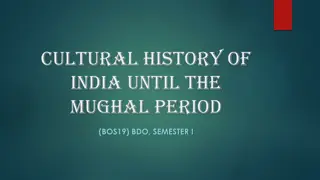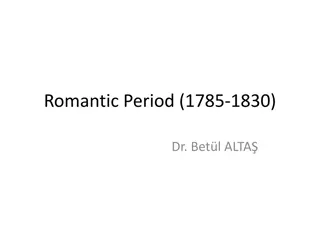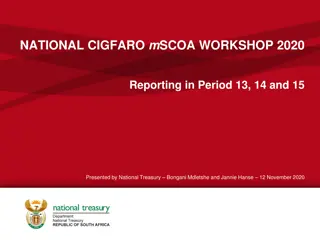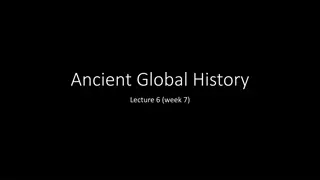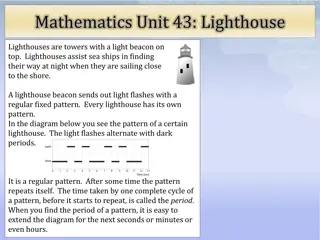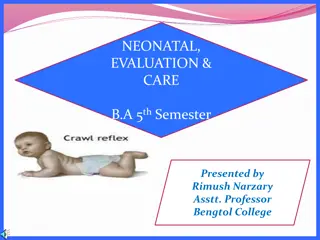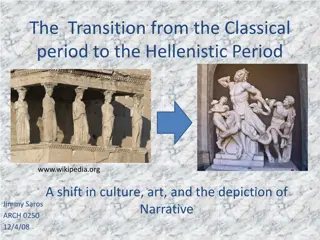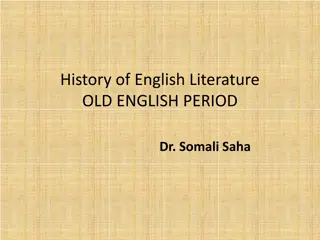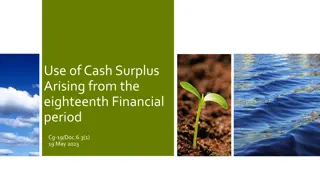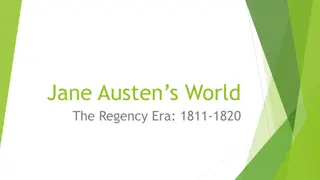Regency period
The Regency period, characterized by witty conversation, focus on marriage, and attention to fashion and manners, is reflected in literature set in this era. Jane Austen's works exemplify the societal constraints and romance prevalent during this time. Novels from the Regency era depict intimate courtship stories and daring heroines who choose love over convention, providing an escape for readers. Delve into the Regency style to uncover tales of love, scandal, and humor.
Download Presentation

Please find below an Image/Link to download the presentation.
The content on the website is provided AS IS for your information and personal use only. It may not be sold, licensed, or shared on other websites without obtaining consent from the author.If you encounter any issues during the download, it is possible that the publisher has removed the file from their server.
You are allowed to download the files provided on this website for personal or commercial use, subject to the condition that they are used lawfully. All files are the property of their respective owners.
The content on the website is provided AS IS for your information and personal use only. It may not be sold, licensed, or shared on other websites without obtaining consent from the author.
E N D
Presentation Transcript
Regency period The key features are witty conversation, a focus on marriage, and attention to fashion and manners. If you enjoy the Regency style in prose fiction, there is a sub- genre of romance novels set in this period featuring characteristics found in the works of Austen, Shelley, and Scott.
The first difficulty in studying Regency literature is that you must be specific about the years in history that are involved. Technically, the period during which England was ruled by a prince regent instead of a king lasted only nine years, from 1811 until 1820. This happened because King George III was deemed incapable of ruling his own kingdom due to the mental problems he suffered. George IV as Prince Regent The Regency Act allowed his son, George IV, to rule in his stead. In 1820, George III died, leaving his son to become king and rule in his own right.
Regency Literature Now let's look at a different definition applying to literature. For characterizing literature as Regency, the period is usually considered to begin just after the French Revolution (1790) and end around 1830.
Jane Austen Probably the best and most recognized examples of the Regency Era novel are the works of Jane Austen. The plots of her novels, like Pride and Prejudice and Sense and Sensibility seem to the modern reader to be all about women finding a husband of the right social class. This makes sense if you think about the fact that, in this period of English history, options for women were extremely limited, and the decision of marriage dictated a woman's future. Moreover, distinctions of social class were strictly observed .But remember that during this period, social class was a large part of what made society run smoothly: everyone filled a particular niche. And a man was expected to choose a wife with equal status. Breaking out of one's assumed place created scandal, romance, and often (in fiction) considerable humor.
Identifying Regency Style In addition to the preoccupation with romance and social class, what else can we point out about the Regency Period? The novels of this era are intimate stories about the ins and outs of courtship and romance, laced with fashion, manners, and social graces. The heroine of the story is usually the spirited young woman who dares to marry for love rather than the dictates of convention.
For female readers of the time, the outcome of these stories served as an escape from the reality of contrived betrothal for the sake of social ties or financial gain. The Regency style captures the imagination. Even for later readers, the idea of defying social custom for the sake of love is quite appealing. Add to that the elaborate descriptions of fashion, social gatherings, and the beautiful people of high society, and you have a formula for an ever-popular literary genre.
A widening gap between rich and poor While the upper classes in the Regency era were enjoying an opulent lifestyle, the lower classes experienced a grinding poverty. The Prince Regent made little effort to relieve the situation and his lavish lifestyle caused a growing resentment. The gap between rich and poor was exacerbated by: A sudden increase in the population and increasing overcrowding in the cities, which led to squalid housing conditions. This gave rise to city slums (colloquially known as rookeries). They were associated with prostitution, drunkenness and crime in general Inflated food prices, due to Napoleon's blockade of exports to Britain, as well as high wheat prices resulting from the Corn Law of 1815 Technological advances in the textile industry which eventually wiped out spinning as a cottage industry - hence the Luddite Riots (1811-1816) in which English craftsmen protested about the negative impact of technological advances on employment in the weaving industry.
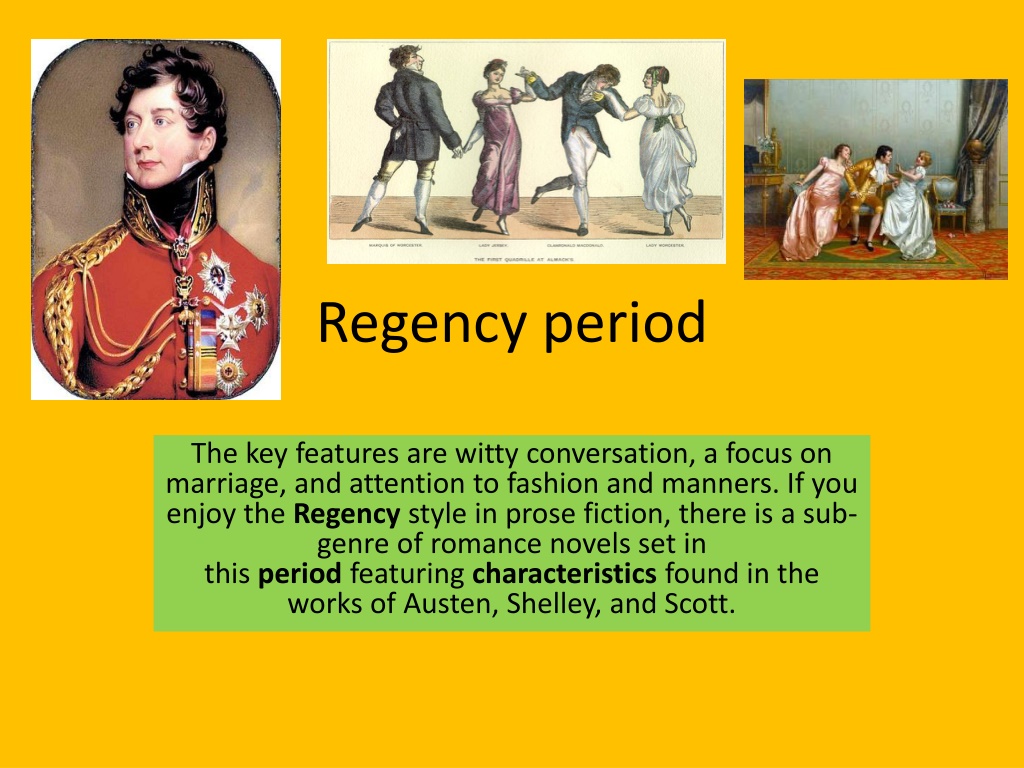


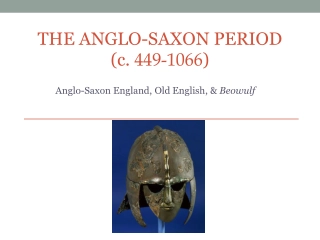
![READ⚡[PDF]✔ European Mail Armour: Ringed Battle Shirts from the Iron Age, Roman](/thumb/20552/read-pdf-european-mail-armour-ringed-battle-shirts-from-the-iron-age-roman.jpg)


